

Health Physics Division is responsible for the protection of occupational workers, public and the environment from harmful effects of ionizing radiation without unduly limiting the operation of facilities or the conduct of activities that give rise to radiation risks. Health Physics Division is also entrusted with development of measures to control radiological hazards; monitor personnel and facilities to ensure that radiation doses are within permissible limits stipulated by the national regulatory body. The radiation protection and surveillance service provided by Health Physics Division caters to requirement of entire nuclear fuel cycle facilities and other radiation facilities within DAE.
Radioactive source characterization is one of the first steps in planning decommissioning activities for a nuclear power plant. Assessment of build-up of activation products in the core structural and peripheral materials were carried out for RAPS 1 reactor, standardized 220 MWe PHWR, 540MWe PHWR, and 700 MWe PHWR using ORIGEN2 computer code. Dose rates on these components are estimated using Monte Carlo Code, QAD-CGGP.
The fundamental safety objective is to protect people and the environment from harmful effects of ionizing radiation without unduly limiting the operation of facilities or the conduct of activities that give rise to radiation risks. Radiological Impact Assessment is carried out using in-house developed codes and PSA Level 3.
Radiological safety, surveillance and radiation protection services for front end fuel cycle facilities (mining, milling and fuel fabrication), operational reactor facilities, Back-end fuel cycle facilities (reprocessing facilities) and accelerator facilities of DAE
Baseline or pre-operational survey is very important benchmark to the prevailing levels of natural radioactivity, trace elements and other criteria pollutants in the environment. The baseline data is very important to assess the impact of facility and compare during operational and post-operational phase.
Advanced Analytical Facilities for physico-chemical characterisation and quantification of trace & ultra-trace elements in environmental matrices for front end fuel cycle facilties
Advanced Analytical Facilities for determination of Low Level radionuclides in environmental matrices has been established for front end fuel cycle facilities
Active neutron spectrometry facility using liquid scintillator detectors with good n-γ discrimination is available for Neutron spectrometry measurements in the pulsed accelerator environment
A passive neutron dosimetry facility has been setup for Neutron spectrometry measurements in the pulsed accelerator environment
The Protection Factor Test Facility (PFTF) has been developed to study air purifying respirators such as Powered Air Purifying Respirators (PAPR), full face mask respirators and half face mask respirators used in nuclear facilities.
This is an air-purifying respirator having half-face mask to cover nose and mouth. The newly modified face piece of the mask made up of silicon elastomer has soft internally rolled periphery, which assures comfortable and airtight fit on persons of widely varying facial contours and sizes. These Respirators are normally fitted with a pair of high efficiency filter cartridges having minimum efficiency of 99.97% against 0.3-micron size particles. This respirator can also be fitted with a pair of combination (impregnated charcoal + HEPA) filter cartridges to remove organic and iodine vapours in addition to particulates from breathing atmosphere. These respirators are normally used in plants where highly toxic particulates/radionuclides are likely to be present in the working environment. Also these respirators are applicable in atmospheres where protection against particulates like radioactive particulates, fumes and dusts generated during welding operations, beryllium dust, silica dust generated during mining operations, construction operations etc.
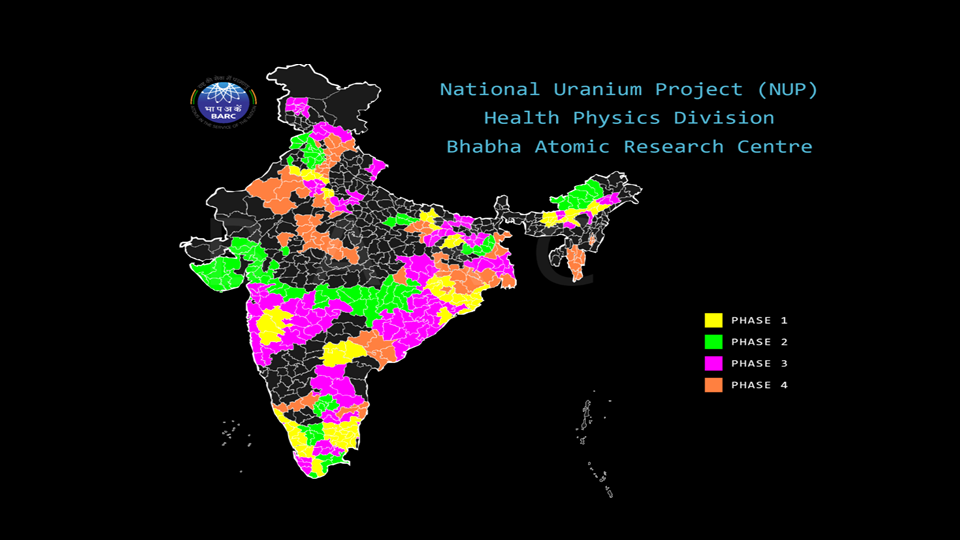
Efforts are being made to establish the uranium levels in drinking water sources of all the districts of the country, till date 403 districts are monitored
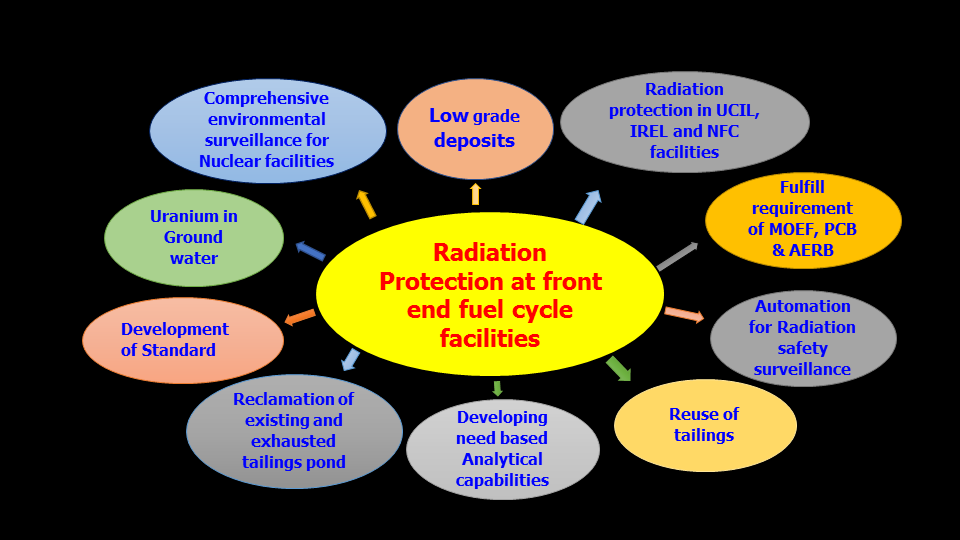
at and around front end of nuclear fuel cycle facilities: Comprehensive radiological assessment around front end facilities and R&D activities
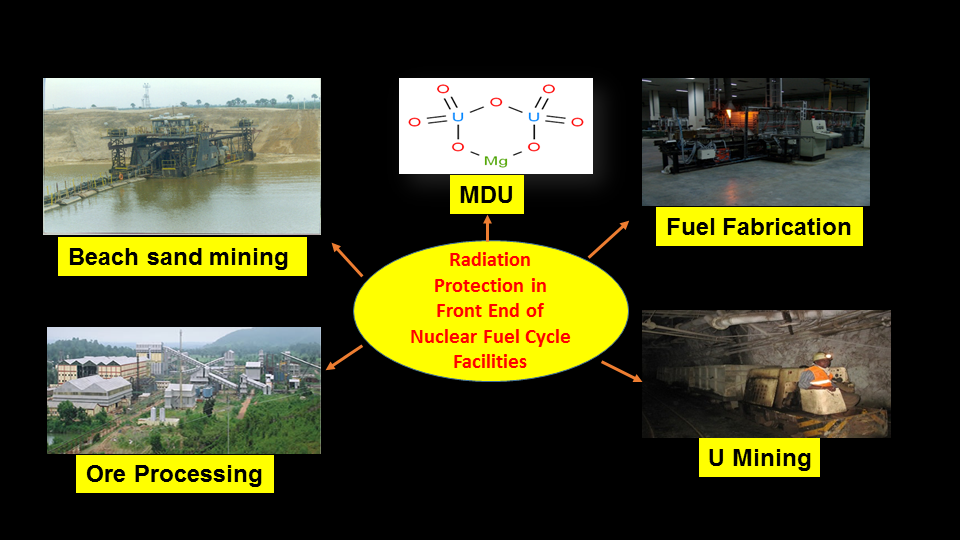
Health physics monitoring and compliance of regulatory norms in all the facilities of UCIL, IREL and NFC
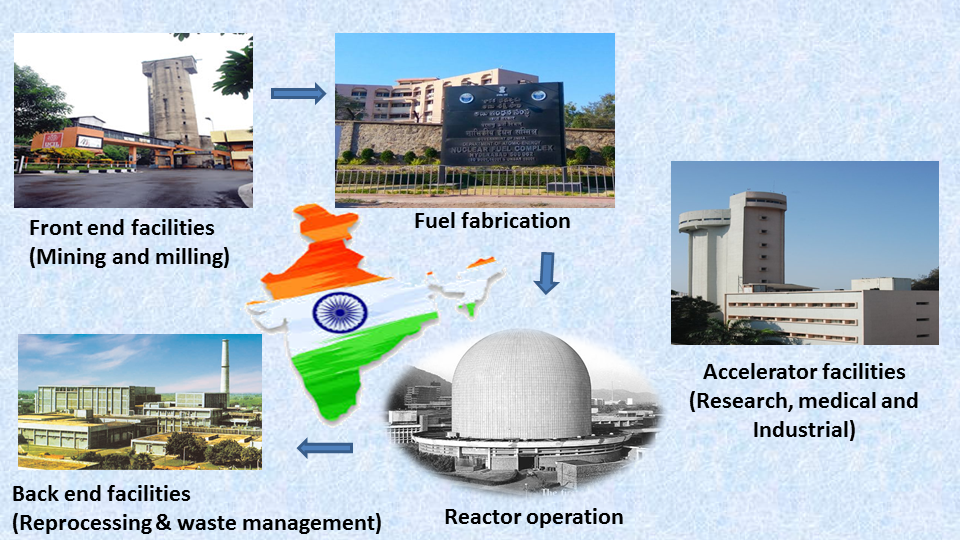
Responsible for radiological surveillance and radiation protection services to research reactors and other nuclear and radiological facilities of BARC, DAE front end and back end nuclear fuel cycle facilities, DAE accelerator facilities and R&D associated to occupational and environmental radiation protection.
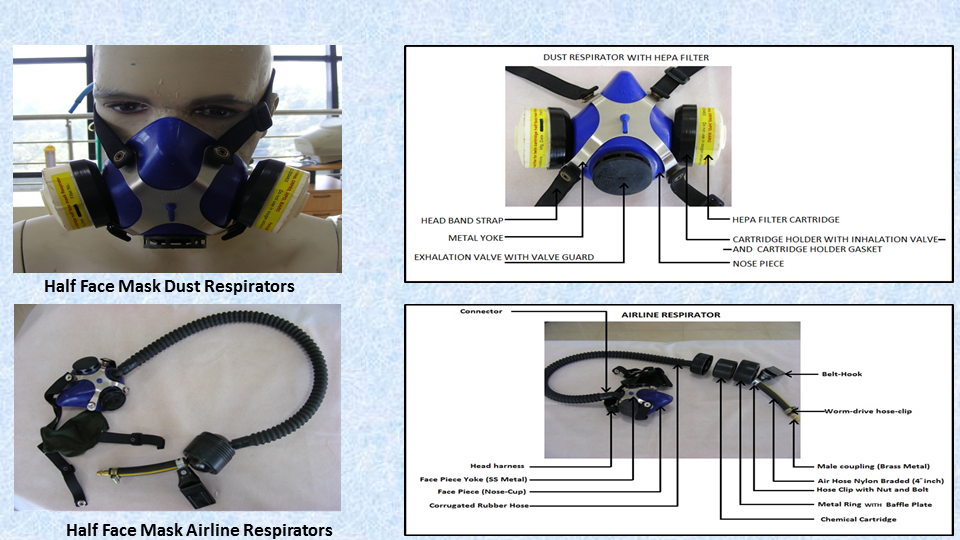
Half Face Mask Dust And Airline Respirators developed and technology transferred for bulk production
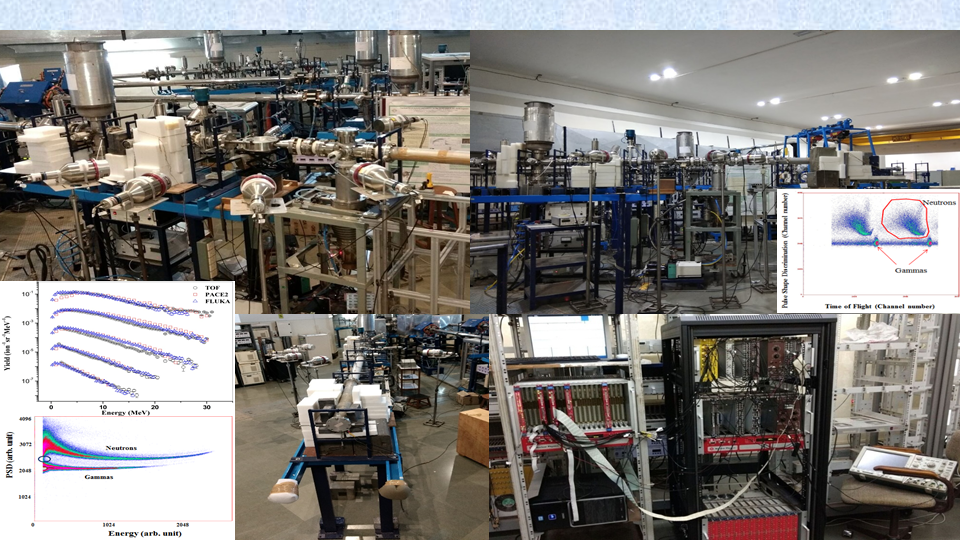
The system can measure neutron energies upto 30 MeV under pulsed radiation environment in accelerators
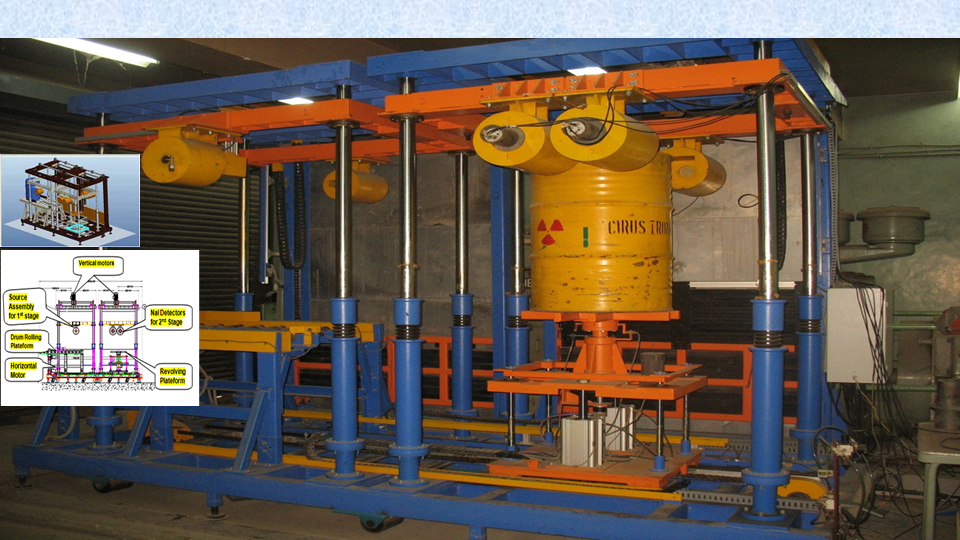
The system is capable to measure clearance level concentration of gamma emitting radionuclides like Cs-137/Co-60 in waste matrices